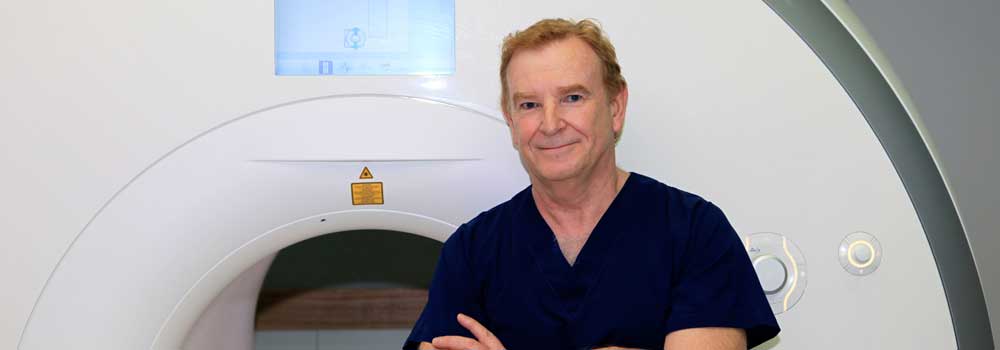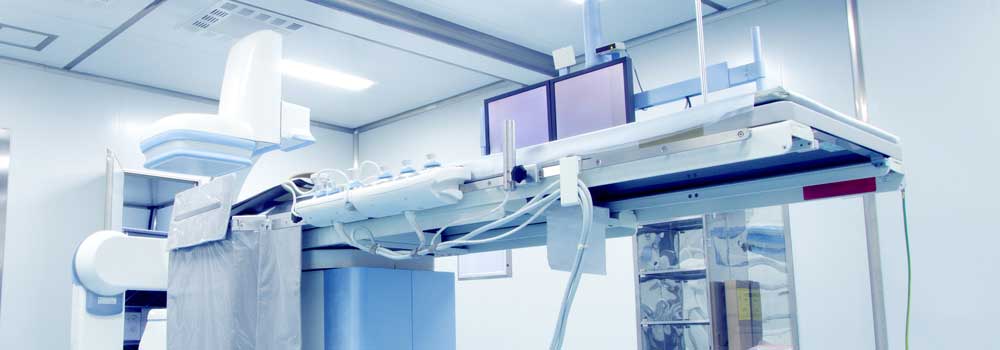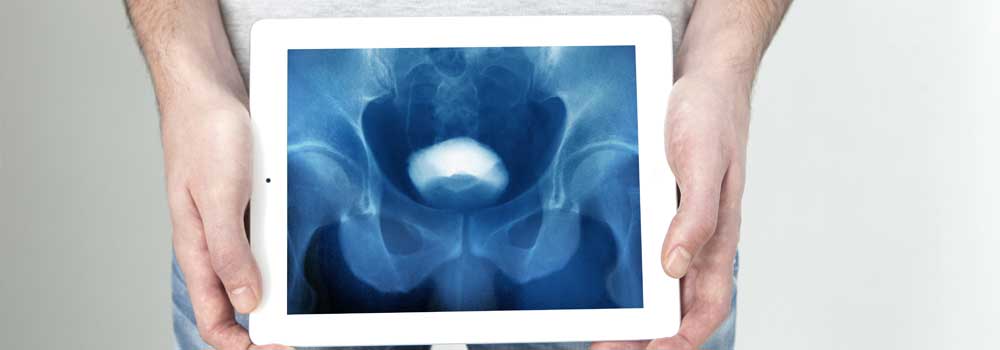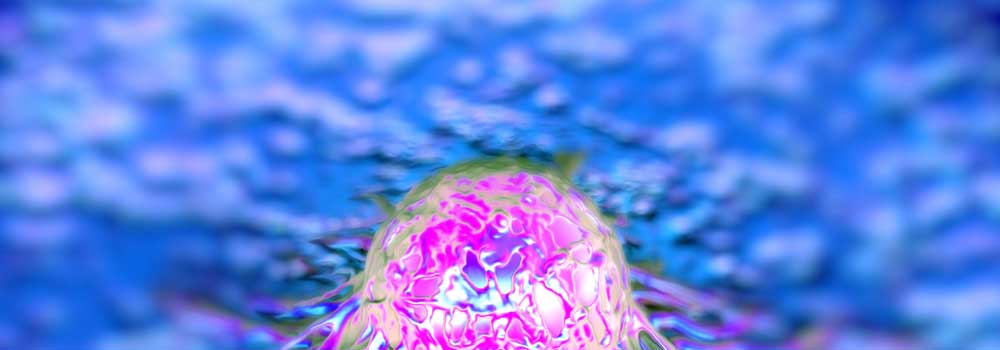



Clean Intermittent Self Catheterisation (CISC) Male
Clean intermittent self catheterisation is a technique of bladder emptying designed to be carried out by the patient when his or her bladder down not empty properly or completely.
It is important that the bladder should empty completely because small amounts of urine remaining in the bladder may become infected and lead to further problems. In addition the bladder may become over stretched if it is not emptied completely and this can lead to back pressure effects on the kidneys and lead to kidney failure and a shortened life span.
The technique of clean intermittent self catheterisation is easy to learn and quickly becomes an acceptable alternative to the wearing of appliances for continuous drainage. Most people find that they benefit by this technique and may regain an increased degree of bladder function.
Occasionally patients may vary the technique slightly to suit themselves.
It is not necessary to stick to a regimented timing of catheterisation as this may be easily adapted to fit in with family activities, social or job commitments and general lifestyle.
Clean intermittent self catheterisation is intended to provide a balance between the need for complete bladder emptying and the patients lifestyle.
Equipment Needed
Two plastic sandwich boxes with lids approximately 10 x 15 cm with 5 cm depth.
Milton Solution
KY Jelly for lubication
Wet Ones
Glad Bags
Nelaton or alternative Catheters
Procedure
Cleaning of catheters: The catheters may be cleaned individually or all together. They should first of all be washed under clean running water and then placed in the Milton Solution for a period of at least five minutes.
Following this the catheters should be transferred to the second plastic box and washed with clean boiling water.
The catheters may then be stored individually in the glad bags. After having been dried with a clean tissue. Try not to handle the catheter at this stage.
The Procedure
Wash your hands well before carrying out clean intermittent self catheterisation.
For a right handed patient, hold the penis with the left hand. If you are uncircumcised, draw back the foreskin and wipe with one of the wet ones. If you are circumcised, just wipe the end of the penis with one of the wet ones. Place some of the lubricant on the tip of the catheter which you should manipulated out of the top of the bag. Ideally, you should attempt to not touch the catheter but introducer it using it within the plastic bag. Hold the penis out straight with the fingers of the left hand. It is important that the fingers should be on the sides of the penis as the urethra tube runs on the undersurface of the penis. Gently insert the catheter into the urethra until a slight resistance is felt between the legs at the level of the scrotum. Try relaxing by taking slow deep breaths or alternatively attempt to relax and pass your own urine. This will enable you to pass the catheter through this area and into the bladder. At no time should you use jerky motions as this may cause spasm of the muscles and some degree of discomfort.
The urine may be drained into the toilet and it should continue until the urine stops flowing. When this happens you should withdraw the catheter slightly and press on the lower part of the abdomen to empty out the last few drops. It is very important to empty the bladder completely.
Remove the catheter into the plastic bag.
Wash the catheter off under the clean running water tap.
It may be resorted in the bag for the next time.
Wash your hands.
Some Important Points
Make sure the Milton solution is changed daily.
Each catheter may be used a number of times.
If you are unable to manipulated the catheter within the bag it is acceptable to handle it as long as your hands are clean.
Pay attention to the urine, if it becomes cloudy or it has an offensive “fish” odour it may be infected. this should be checked by your Doctor. do not wait until you get sick.
Occasionally there will be some white floating material of debris especially to the end of the bladder emptying. This is nothing to worry about. It is usually the result of crystals forming in the urine and may be removed by increasing your fluid intake.
If you find blood is present, this will need to be investigated by your Doctor.
If you have any difficulties or problems please contact the surgery on (07) 4041 0700.
It is necessary to have a fluid intake such that you are draining 300 to 400ml (approximately 2 cupfuls) of urine each time the catheter is passed. this is particularly important in the hot weather.
The bladder should be emptied four to six times per day.
Clean intermittent self catheterisation is a technique of bladder emptying designed to be carried out by the patient when his or her bladder down not empty properly or completely.
It is important that the bladder should empty completely because small amounts of urine remaining in the bladder may become infected and lead to further problems. In addition the bladder may become over stretched if it is not emptied completely and this can lead to back pressure effects on the kidneys and lead to kidney failure and a shortened life span.
The technique of clean intermittent self catheterisation is easy to learn and quickly becomes an acceptable alternative to the wearing of appliances for continuous drainage. Most people find that they benefit by this technique and may regain an increased degree of bladder function.
Occasionally patients may vary the technique slightly to suit themselves.
It is not necessary to stick to a regimented timing of catheterisation as this may be easily adapted to fit in with family activities, social or job commitments and general lifestyle.
Clean intermittent self catheterisation is intended to provide a balance between the need for complete bladder emptying and the patients lifestyle.
Equipment Needed
Two plastic sandwich boxes with lids approximately 10 x 15 cm with 5 cm depth.
Milton Solution
KY Jelly for lubication
Wet Ones
Glad Bags
Nelaton or alternative Catheters
Procedure
Cleaning of catheters: The catheters may be cleaned individually or all together. They should first of all be washed under clean running water and then placed in the Milton Solution for a period of at least five minutes.
Following this the catheters should be transferred to the second plastic box and washed with clean boiling water.
The catheters may then be stored individually in the glad bags. After having been dried with a clean tissue. Try not to handle the catheter at this stage.
The Procedure
Wash your hands well before carrying out clean intermittent self catheterisation.
For a right handed patient, hold the penis with the left hand. If you are uncircumcised, draw back the foreskin and wipe with one of the wet ones. If you are circumcised, just wipe the end of the penis with one of the wet ones. Place some of the lubricant on the tip of the catheter which you should manipulated out of the top of the bag. Ideally, you should attempt to not touch the catheter but introducer it using it within the plastic bag. Hold the penis out straight with the fingers of the left hand. It is important that the fingers should be on the sides of the penis as the urethra tube runs on the undersurface of the penis. Gently insert the catheter into the urethra until a slight resistance is felt between the legs at the level of the scrotum. Try relaxing by taking slow deep breaths or alternatively attempt to relax and pass your own urine. This will enable you to pass the catheter through this area and into the bladder. At no time should you use jerky motions as this may cause spasm of the muscles and some degree of discomfort.
The urine may be drained into the toilet and it should continue until the urine stops flowing. When this happens you should withdraw the catheter slightly and press on the lower part of the abdomen to empty out the last few drops. It is very important to empty the bladder completely.
Remove the catheter into the plastic bag.
Wash the catheter off under the clean running water tap.
It may be resorted in the bag for the next time.
Wash your hands.
Some Important Points
Make sure the Milton solution is changed daily.
Each catheter may be used a number of times.
If you are unable to manipulated the catheter within the bag it is acceptable to handle it as long as your hands are clean.
Pay attention to the urine, if it becomes cloudy or it has an offensive “fish” odour it may be infected. this should be checked by your Doctor. do not wait until you get sick.
Occasionally there will be some white floating material of debris especially to the end of the bladder emptying. This is nothing to worry about. It is usually the result of crystals forming in the urine and may be removed by increasing your fluid intake.
If you find blood is present, this will need to be investigated by your Doctor.
If you have any difficulties or problems please contact the surgery on (07) 4041 0700.
It is necessary to have a fluid intake such that you are draining 300 to 400ml (approximately 2 cupfuls) of urine each time the catheter is passed. this is particularly important in the hot weather.
The bladder should be emptied four to six times per day.
